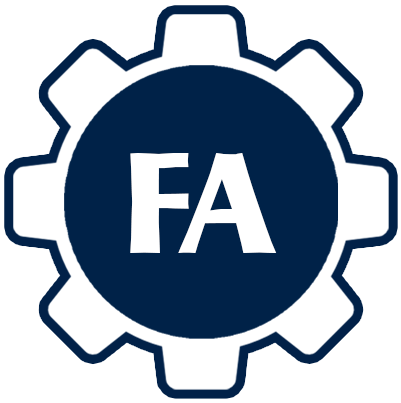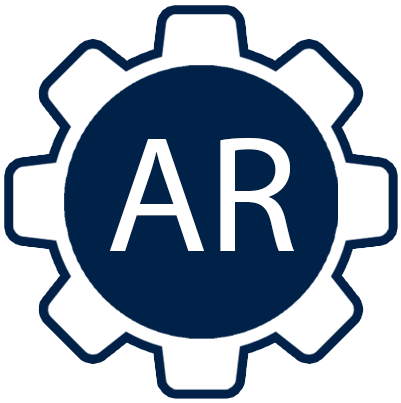Laser cladding process includes transferring a desired material to a substrate and melting it by a laser heat source. The purpose of this process is depositing a thin layer of a desired metal on a substrate. Different geometries of deposition can be obtained by moving substrate in 2D plane. There are several methods for transferring the deposited material to the substrate: powder injection, pre-placed powder on the substrate and wire feeding. Laser cladding by powder is the most effective method among these methods; because in powder injection method, there is no direct contact with the melt pool and the laser beam can pass through the stream of powder particles. Many researchers have studied exhaust gas- powder flow from nozzles; since the powder feed behaviors have important influences on the deposited layer quality.
There are some projects have been done by students in Laser lab:
- In one of the studies, exhaust gas- powder flow from nozzles in a laser cladding process has been simulated. For verification of simulation results, the powder flow was investigated experimentally. Three dimensional (3D) multi-phase gas–powder flow structures of radially symmetrical nozzles are modeled. The jet gas–powder flow problem was treated as a steady-state turbulent flow. The fluid flow was considered regardless of the particles flow. Simulation results show that flow exhausted from nozzles divided into three regions: convergence region, focus region and divergence region. In experimental section of this study, the powder flow was visualized by flash light. The numerical results are in good agreements with experimental results. In the second part of thesis, the effect of some parameters on powder flow behavior was studied.
The results illustrate that decreasing career gas flow rate leads to an increase in powder flow concentration and does not affect focus region length and width. It can be noticed from results that increasing or decreasing protective gas flow rate has not any influence on powder flow behavior. Also, the simulation results indicate that a decrease in nozzle angles leads to increase in focus region length and distance between focus region and nozzle tip. It can be summarized that increase in powder particle density increases powder concentration and does not affect powder flow shape. The presence of oxygen in molten pool results in oxidation through laser cladding process. The phenomenon of oxidation leads to a low quality clad. Because of the importance of this effect, in the last part of this study, the ambient air has been considered in solution domain. In fact, an inhomogeneous mixture model has been used to simulate mixing ambient air and argon gas. The aim of this simulation is to know how ambient air enters in molten pool. In order to decreasing air volume fraction in molten pool, a new geometry for nozzles has been developed. In this geometry, the area between nozzles was closed. Also, air volume fraction at planes with different distances from nozzle tip was reported and compared for new and old geometries. As a result, it can be noticed that the air volume fraction in focus region has been optimized in the new geometry. This study has been done by Mohammad Bagher Mahaki.


